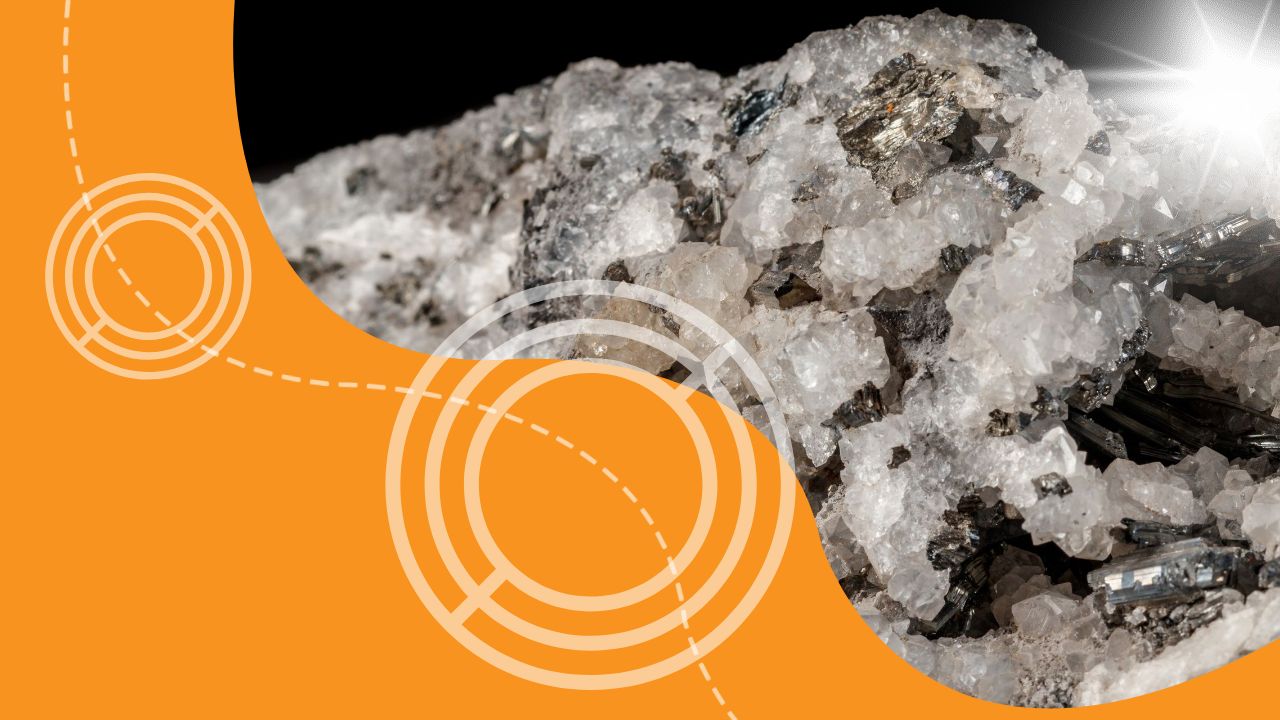KAZ Minerals is embarking on the next phase of its environmental project, which will run from 2024 to 2026. As part of the initiative, the company plans to plant 20,000 trees and 20,000 shrubs, aged 2 to 3 years, around the Bozshakol copper deposit and within its 1-kilometer sanitary protection zone, according to a statement on the company’s Telegram channel.
Experts explain in a video that green plantations not only absorb greenhouse gases but also combat noise, vibrations, and soil erosion while enhancing the local microclimate and biodiversity. Since 2015, KAZ Minerals has greened 8 hectares, planting over 130,000 seedlings.
The company’s environmental coordinator, Kymbat Dzhambershinov, emphasized its commitment to reducing environmental impact, conserving natural resources, and protecting biodiversity. He noted that the project also serves as a scientific study, testing which plant species can adapt to the harsh continental climate of the deposit area.
In 2024, the initiative will focus on soil preparation, including harrowing and disking. Planting will commence in 2025, followed by plant care in 2026. Environmental engineer Bulat Darimov highlighted the importance of creating a buffer zone to shield the surrounding area from industrial impacts, such as noise and vibrations.
Plants like honeysuckle, tamarisk, and yellow acacia have demonstrated a survival rate exceeding 70%, making them particularly effective in absorbing pollutants and thriving in the local environment.

